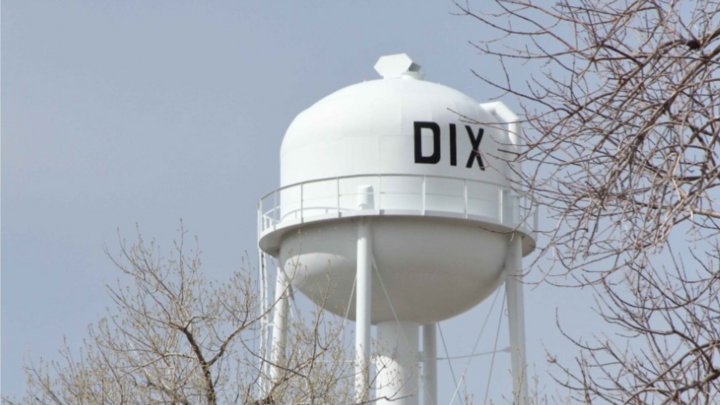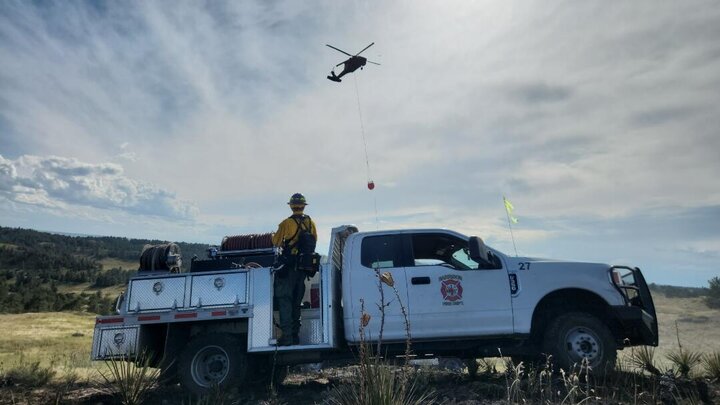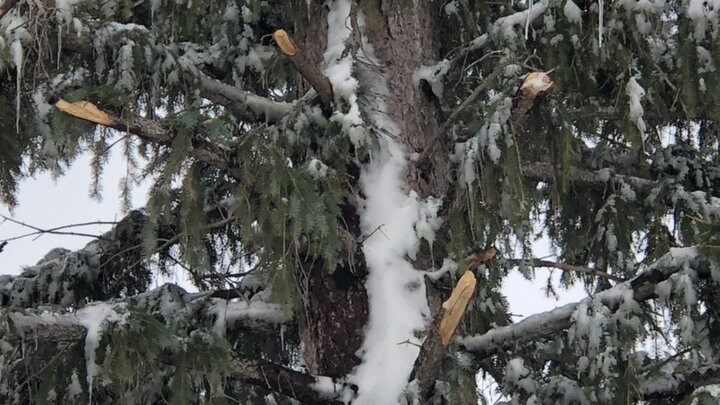The Nebraska Forest Service (NFS) is helping the small village of Dix, Nebraska, tackle a big challenge—managing dozens of aging and dying trees that are hurting the town’s appearance and posing safety risks. Located just east of Kimball, Dix recently partnered with NFS to take the first steps toward revitalizing its community forest.
At a village board meeting on June 20, NFS staff presented a plan to expand green infrastructure and support the community in managing its 600 inventoried trees—30 of which were found to be dead or hazardous. With no existing tree management budget, the community faced an uphill battle. But that night, the board approved a new “tree program,” similar to a tree board, and committed to taking action.
On June 24, NFS foresters, forest health specialists, and interns worked alongside local partners to complete a full-day tree inventory, confirming the presence of 30 dangerous trees and 25 high stumps—bare trunks left standing between two and ten feet tall. The estimated cost of removal and replanting sits near $70,000, a steep price for a village of Dix’s size. NFS has pledged to work with the community to help secure grant funding for the project.
Still, this collaboration laid a strong foundation for change. “Small Nebraska towns with a lot of large, dead-standing trees is not very appealing,” said Western Nebraska Community Forester Chrissy Land. “Nebraska trees dying makes it look like a town dying. We want to help Dix look like a vibrant community by removing and replanting.”
In addition to identifying hazard trees, NFS also helped the village explore potential planting sites and introduced them to other natural resource partners who may be able to assist with future support and resources. The effort reflects NFS’s ongoing mission to empower communities—especially those with limited capacity—to make informed, sustainable decisions that support long-term tree health and community well-being.




